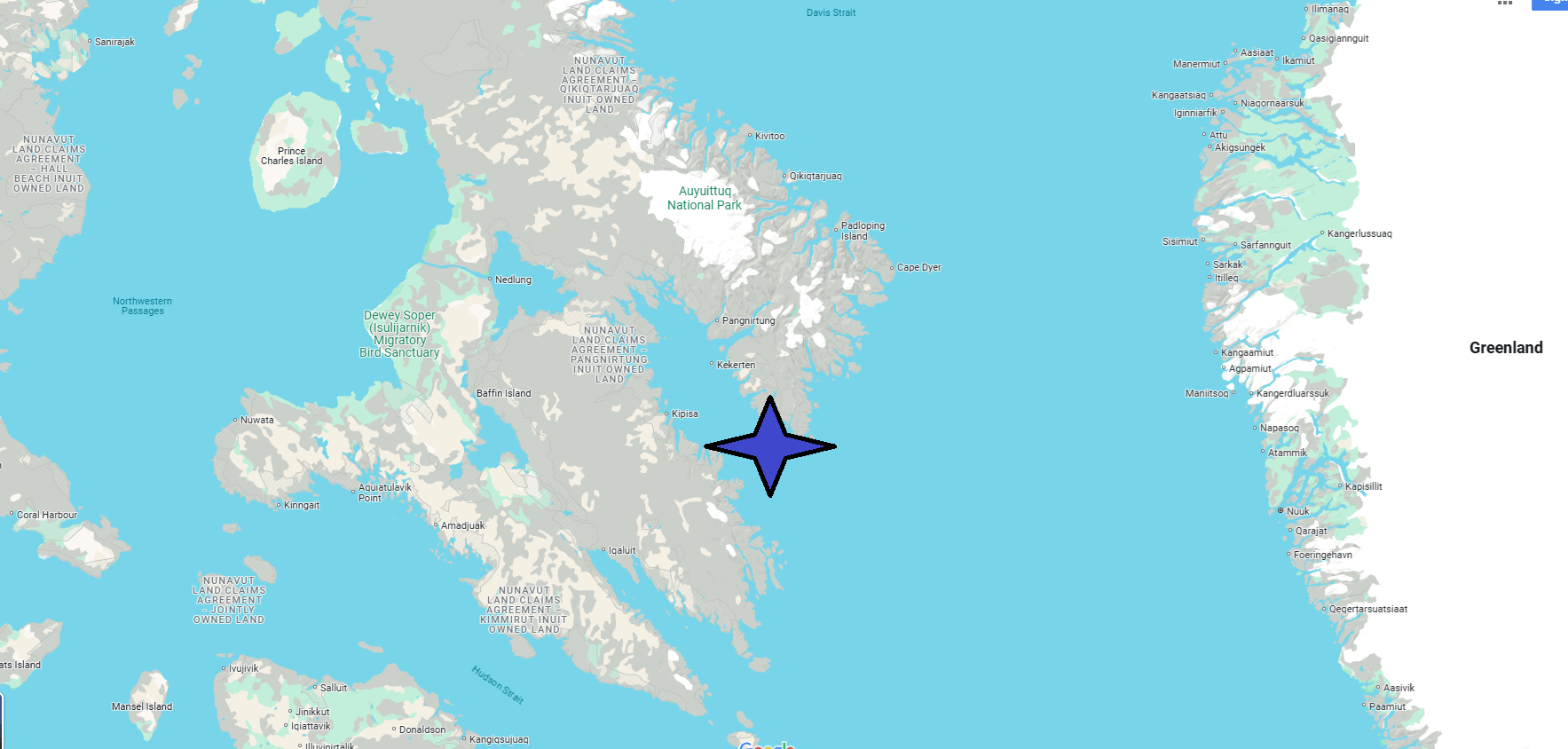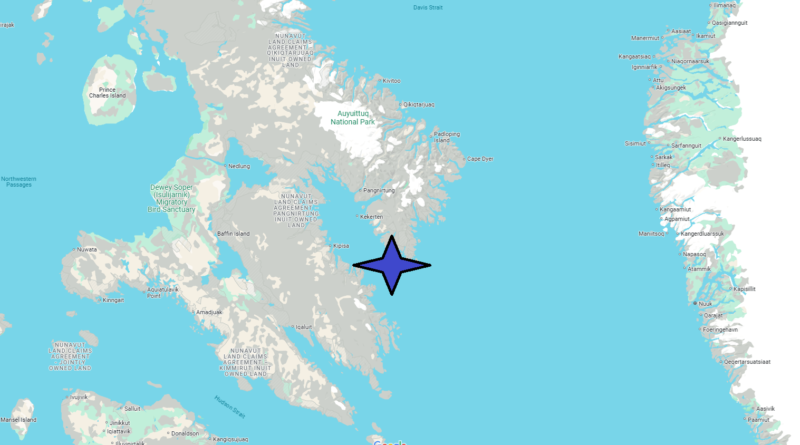Is Arctic Ocean close to Antarctica?
The Arctic, also referred to as the Arctic, is the region of the Earth that surrounds the North Pole. Having no defined extension, the Arctic conventionally means the area north of the Arctic Circle, that is, above the latitude 66 3 33’39” North. Alternatively, the Arctic can be considered as the region where the average temperature of the month of July does not exceed 10 C
This region is not really a continent, like Antarctica, since it is composed of the Arctic Ocean and the northernmost territories of the Asian and American continents. The nations that are part of the Arctic region are: Canada, Denmark (with Greenland and F Isole.

The icy surface of the Arctic Ocean, called the Arctic ice cap, is a floating area in continuous mutation, fundamental to the climate system of our Planet. Its extent and positioning vary according to the seasons and sea currents, as well as due to recent global climate changes.
The Arctic climate is characterized by long cold winters and short cool summers. Temperatures in the winter period can fall below -58 C C for some areas, while in the summer they fluctuate from -10 to 10 C
In this region, due to the inclination of the Earth’s axis of rotation, during the summer season, that is, from April to September, the Sun remains above the horizon line to varying degrees depending on the proximity to the geographical pole; this phenomenon is called the “Midnight Sun”. In the remaining months, darkness prevails, which in winter becomes total and determines the so-called”Polar Night”.
The areas affected by research activities are mainly the Svalbard Islands, where the Italian research base “Dirigibile Italia” is located, Siberia, Alaska, Greenland and the Canadian Arctic archipelago.

